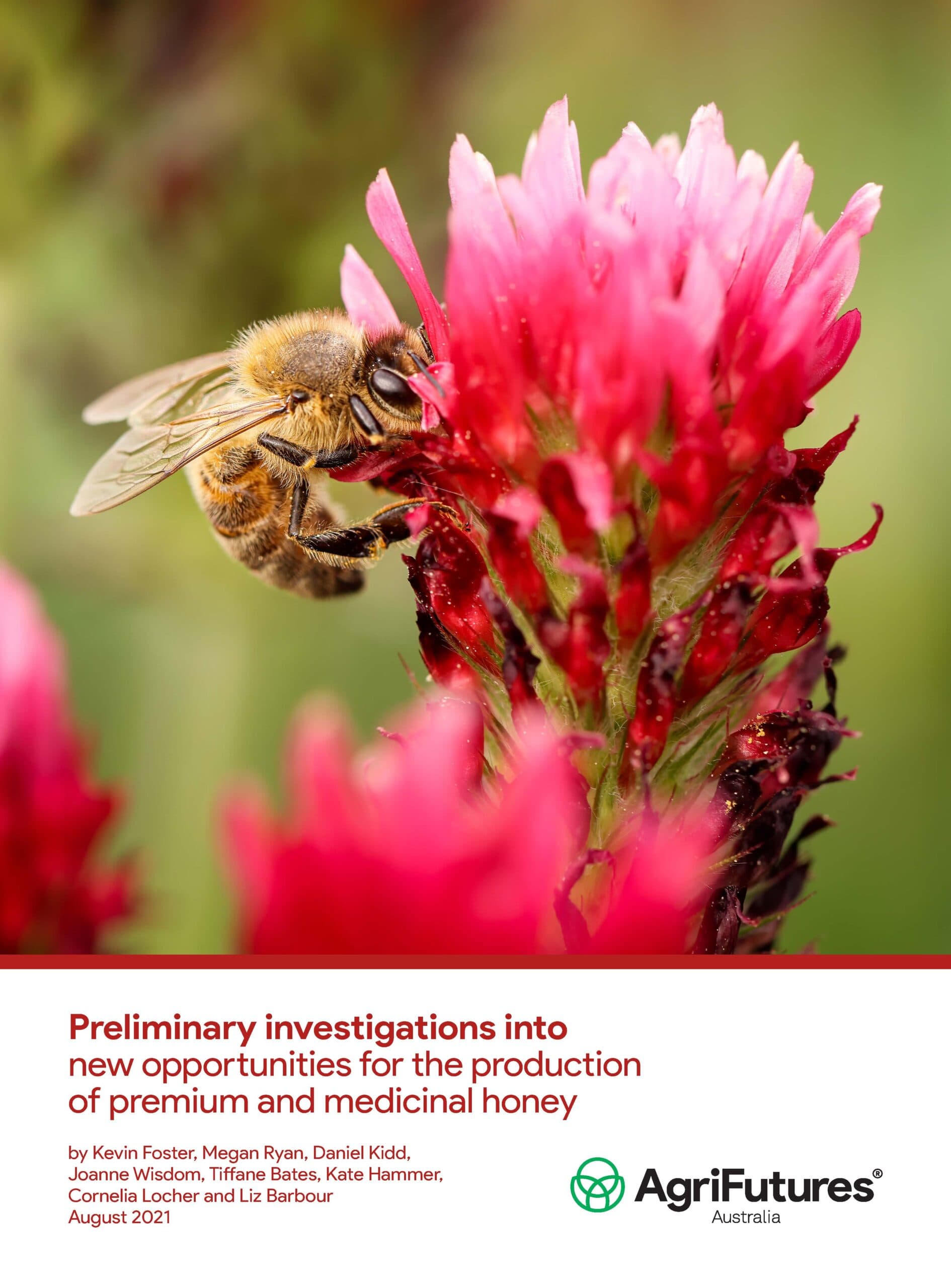Beekeeping in Australia has thrived on our unique native flora and mild climate, resulting in the healthiest honey bees in the world and the cleanest honey bee products available. However, stresses are becoming evident, with demand for insect pollination growing and the loss of spring flora impacting honey bee colony strength and subsequently pollination services.
Pasture legume species are recognised as a quality floral resource as they provide crucial crude proteins for bee health. These exotic legume species can provide supplementary floral resources for apiarists in Australia while also providing a valuable animal fodder resource with their complementary nitrogen-fixation ability, reducing the need for manufactured nitrogen fertiliser. Annual and perennial pasture legume species can also be supplementary forage resources for endemic bees and other flower visitors increasingly impacted by climate change and fire.
This project was designed to provide a selection of bee-friendly pasture plant species suited to southern Australia, with information on their flowering windows and quality of pollen and nectar, for beekeepers, agriculture pollination services and pasture managers. Honey profiles, bioactivity and medicinal characteristics were explored for their commercial value.





